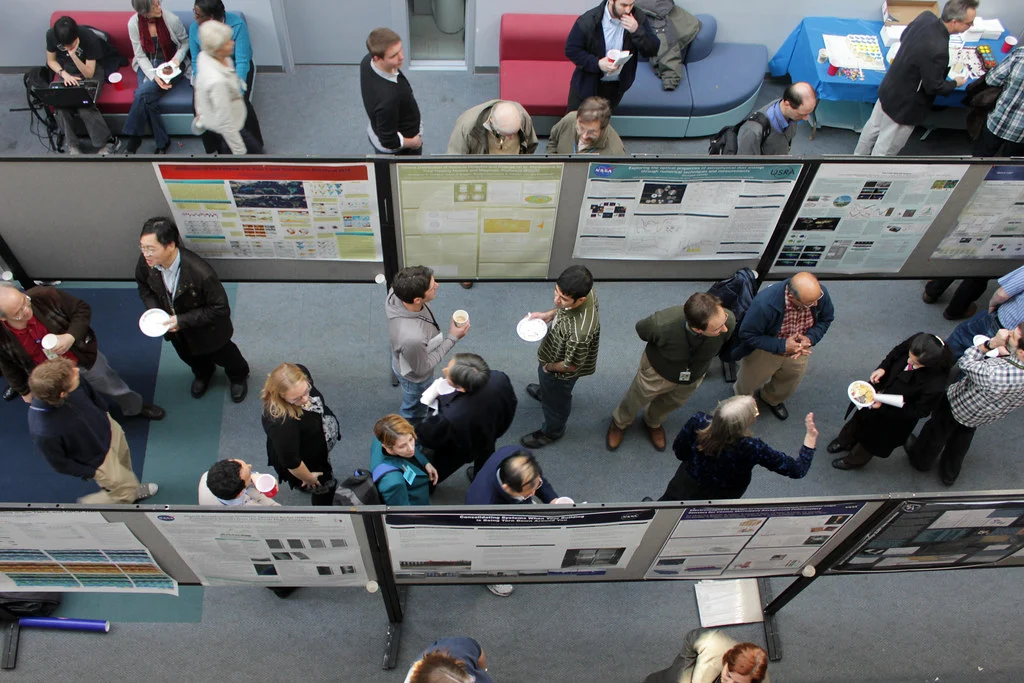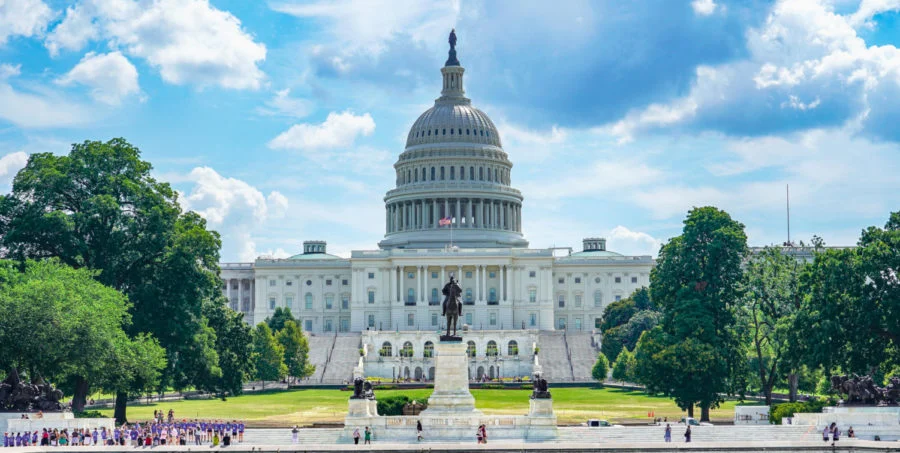Your guide to navigating the SfN
Welcome to Washington DC !
As the Society for Neuroscience’s annual meeting approaches, we are excited to present a comprehensive guide to help you make the most of your experience in Washington DC from November 11th to November 15th which will take place at the Walter E. Washington Convention Center. Whether you are interested in the latest developments in the clinical and scientific discipline of movement disorders, in eye movement research, or are looking forward to networking and socializing, we have you covered.
Enjoy the guide!
The neuroClues® Team
* neuroClues is a registered brand of P3Lab, currently under research and development phase. It will be available for sale once regulatory clearance is received.
Navigating the congress
The scientific program is available here. If you want to create and save a custom itinerary, please use the Neuroscience Meeting Planner with your Neuroscience 2023 username and password.
As the SfN Annual Meeting offers a plethora of enlightening sessions, we’ve highlighted a few that might pique your interest in the realm of eye movement research.
Venue:
Walter E. Washington Convention Center
801 Mt Vernon Place NW 801 Allen Y.
Lew Place NW,
Washington, DC 20001, United States
Sessions
1. Presidential special lecture
- Date & Time: Nov 11, 5.15 PM – 6.30 PM
- Location: Hall D
- Description:
New Genetic Therapies for Huntington’s Disease and Other Neurodegenerative Diseases
Sarah J. Tabrizi, MD, PhD // University College London Queen Square
Institute of Neurology, UK Dementia Research Institute at UCL
This lecture will offer an overview of new genetic therapies in development for Huntington’s disease and similar neurodegenerative diseases. It will cover the preclinical to clinical translation pathway, the challenges and opportunities, critical learnings from success and failures, and the new phase of development of these genetic therapies.
2. Symposium
- Date & Time: Nov 14, 9.30 AM – 12 PM
- Location: Ballroom C
- Description:
Hippocampal Neurogenesis in the Human Adult, Aging, and Demented Brain: Novel Latest Evidence
Chair: Fred H. Gage, PhD
Co-Chair: Orly Lazarov, PhD
This symposium will present the latest evidence concerning the existence of hippocampal neurogenesis in the human brain in health and disease
3. Minisymposium
- Date & Time: Nov 11, 2 PM – 4.30 PM
- Location: Ballroom C
- Description:
Advances in Deep Brain Stimulation: From Mechanisms to Applications
Chair: Stephanie Sandoval-Pistorius, PhD
Co-Chair: Stephanie Cernera, PhD
Discover here clinical papers on the relevance of eye-tracking in DBS for Parkinson’s Disease
4. Dual perspective
- Date & Time: Nov 12, 1.30 PM – 3 PM
- Location: Ballroom A
- Description:
Alzheimer’s Targeted Treatments: Focus On Amyloid and Inflammation F
Moderator: Takeshi Iwatsubo, MD
Discover here clinical papers on the relevance of eye-tracking for Alzheimer’s Disease

Poster's presentation with the latest advances in eye movement research
November 13, 8 AM – 12 PM, Halls A-C: PSTR215 – Eye Movements: Central Mechanisms, Perception, and Cognition
- PSTR215.01 / FF3 – Evidence of an exogenous input to Superior Colliculus (SC) as a source of saccadic inhibition
- PSTR215.06 / FF8 – Probing correlates of saccadic suppression in the primate superior colliculus and primary visual cortex using simulated saccades
- PSTR215.11 / FF13 – Inhibitory tagging facilitates efficient saccade target selection in the superior colliculus during visual search
November 13, 1 PM – 5 PM, Halls A-C: PSTR287 – Eye Movements: Saccades
- PSTR278.08 / EE6 – The different role of the dorsolateral prefrontal cortex (dlpfc) and the lateral intraparietal cortex (lip) in the hierarchical control of learned saccade sequence
- PSTR278.17 / EE16 – Exploring oculomotor biomarkers for neurodegenerative disease diagnosis and features using structured and unstructured eye movement tasks

Highlights
Exploring Washington DC: Beyond the congress, Washington DC culturally rich experience. Here are a few must-do activities:
The National Mall: This iconic stretch of green space is home to some of the most famous monuments and memorials in the United States, including the Lincoln Memorial, Washington Monument, and the World War II Memorial.
Georgetown: This historic neighbourhood is known for its charming streets, boutique shops, and delicious dining options. You can also stroll along the picturesque Georgetown Waterfront Park.
The Phillips Collection: If you’re interested in exploring the intersection of art and neurology, The Phillips Collection is a must- visit. This art museum features a diverse collection, including works by artists like Salvador Dalí who was known for his fascination with the human mind. You can find art that explores the surreal, abstract, and even psychological aspects of the human experience.
Smithsonian National Museum of Natural History: This museum features an extensive collection of exhibits related to the human brain and nervous system. The “Brain: The Inside Story” exhibit provides a fascinating insight into the complexities of the brain. It’s an excellent opportunity for neurologists to explore the anatomy and functions of the brain in an interactive way.
Tips and Tricks
Transportation: D.C. can have heavy traffic, so consider using public transportation or walking whenever possible. If you drive, be prepared for limited and often expensive parking options. The D.C. Metro system is an efficient way to get around the city. Purchase a SmarTrip card for easy access to buses and trains. Many popular attractions are located near Metro stations.
Restaurant: If you plan to dine at a popular restaurant or visit a high-demand attraction, consider making reservations in advance. Tipping is customary in the United States. Standard practice is to leave a 15-20% tip in restaurants.
We hope this guide enhances your experience at the SfN Annual Meeting. Wishing you a productive and enjoyable time at the congress!

